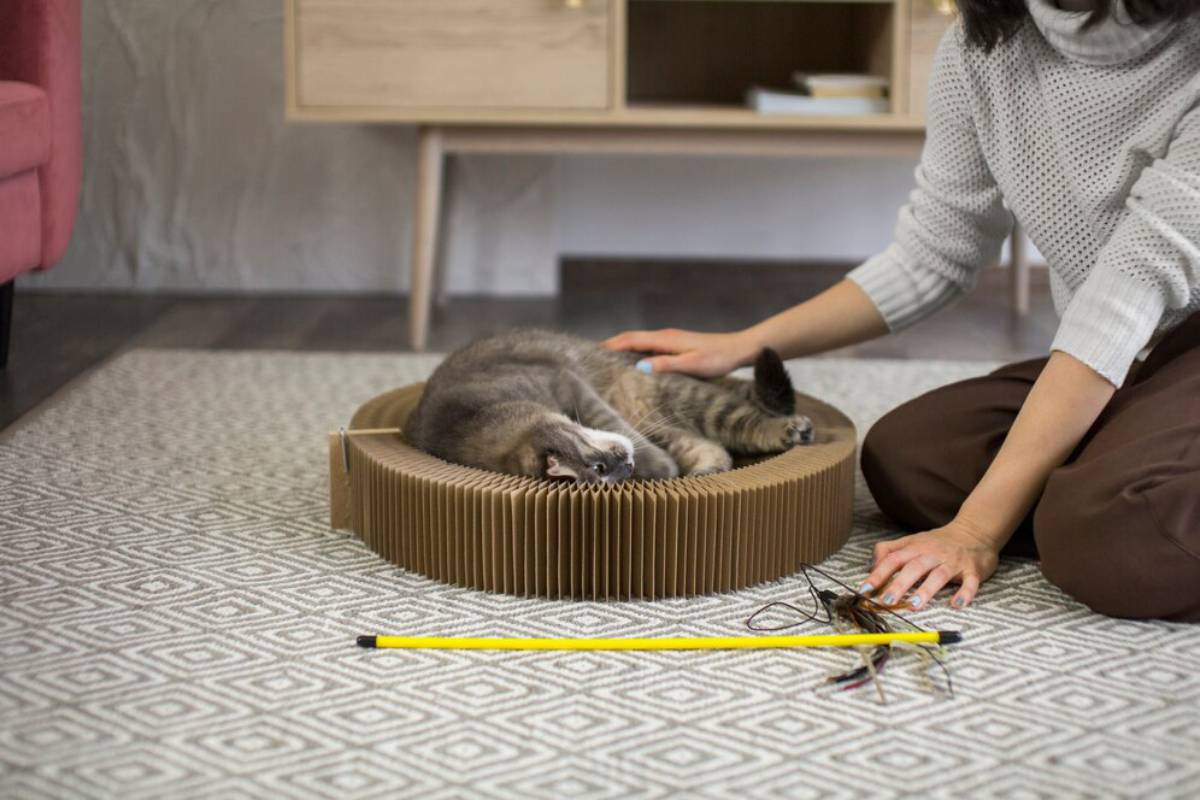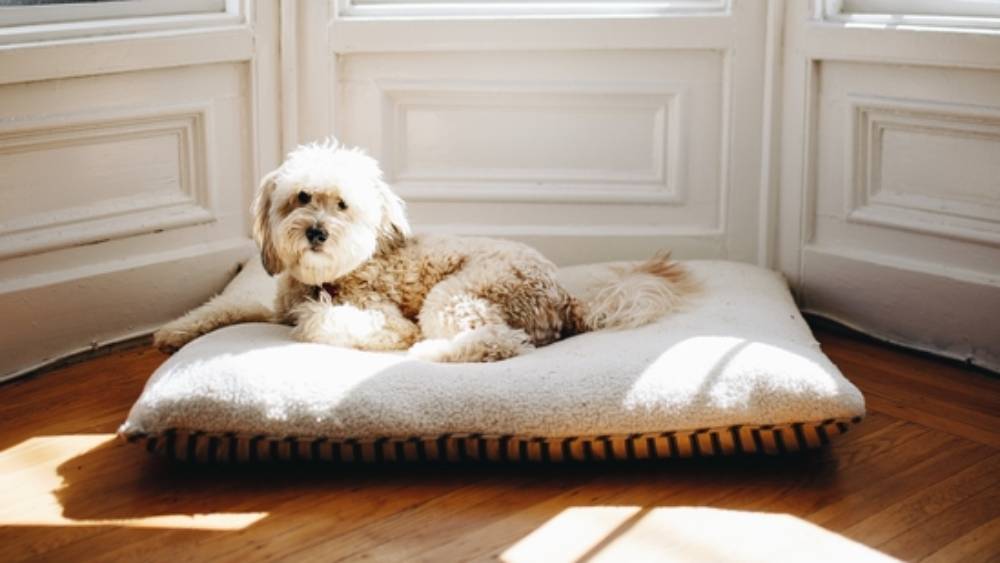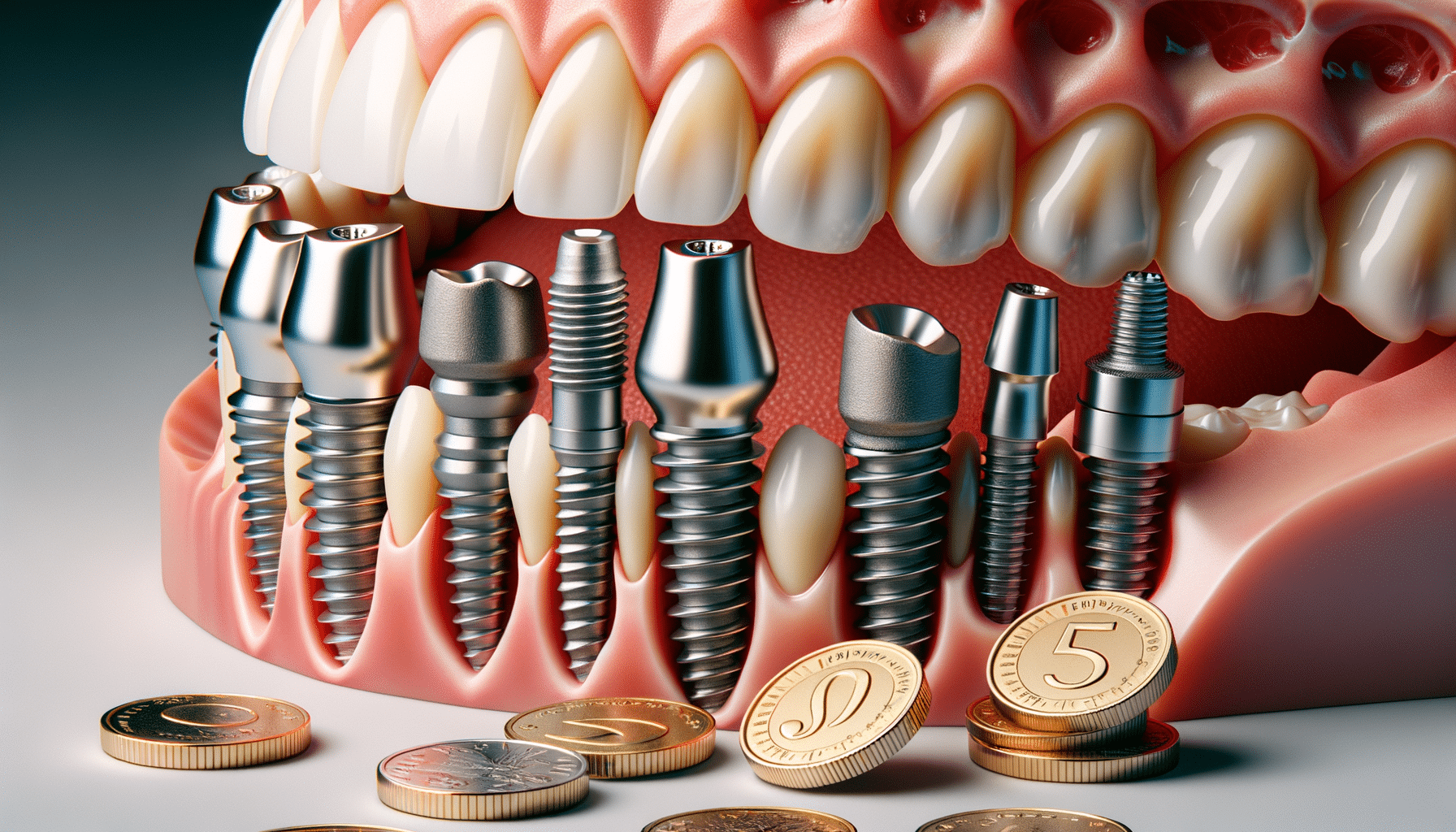
DIY Pet Corners: Creative Spaces for Your Furry Friends
In recent years, the trend of creating personalised pet spaces has gained immense popularity, reflecting the growing recognition of pets as beloved family members. As pet owners, we naturally want to provide the best environment for our furry companions, offering them both comfort and stimulation. With the rise of DIY culture, more individuals are embracing creative and cost-effective ways to design bespoke pet corners that cater to their pets’ unique needs, while also blending seamlessly with their home decor.
This guide explores the art of creating DIY pet furniture, cosy nooks, and imaginative play areas, helping you transform your home into a pet-friendly haven. Whether you have a playful pup, a curious cat, or a small animal in need of enrichment, these creative ideas will inspire you to craft a space that enhances both your pet’s well-being and your home’s aesthetic.
Key Benefits of Creating a Pet Corner

1. Enhancing Pet Comfort and Well-being
Just like humans, pets need their own space to relax, feel secure, and recharge. Creating a dedicated pet corner provides them with a safe and familiar area, reducing stress and promoting a sense of security.
Why It Matters:
- Reduces anxiety: Pets with designated spaces are less likely to exhibit stress-related behaviours.
- Promotes better sleep: Comfortable nooks allow pets to rest undisturbed.
- Provides mental stimulation: Interactive features encourage play and prevent boredom.
2. Promotes Better Behaviour
Pets with their own space are less likely to engage in destructive behaviours. Cats, for instance, are less prone to scratch furniture if they have dedicated scratching posts. Dogs are also less likely to chew on household items when provided with engaging toys and designated play areas.
Real-Life Application:
- A cat owner who introduced wall-mounted climbing shelves reported a decrease in their cat’s destructive scratching.
- A dog owner who created a toy corner with hidden treats noticed a reduction in separation anxiety episodes.
3. Blends Functionality with Aesthetics
DIY pet corners not only provide practical solutions but can also enhance your home’s decor. By using stylish materials and integrating the pet space into your existing design, you create a space that is both functional and visually appealing.
Why It Matters:
- Custom-built furniture seamlessly matches your home’s style.
- Creative nooks reduce clutter by organising pet supplies in one location.
- Personalised touches make the space unique and welcoming.
Step-by-Step Guide: Creating DIY Pet Furniture and Cosy Nooks
Step 1: Assess Your Space and Needs
Before building your DIY pet corner, evaluate the available space and consider your pet’s preferences.
1.1 Identify Ideal Locations
- For dogs: Choose a low-traffic area where they can relax without disturbances.
- For cats: Opt for vertical spaces with shelves or window perches to satisfy their climbing instincts.
- For small pets (rabbits, guinea pigs): Design a secure enclosure with plenty of space for exploration.
1.2 Consider Your Pet’s Habits
- Do they prefer napping in the sun? Place their nook near a sunny window.
- Do they enjoy hiding? Create an enclosed space with soft bedding.
- Are they active and playful? Incorporate tunnels, climbing shelves, or activity boards.
Step 2: Gather Materials
Choosing the right materials is essential for creating safe and durable pet furniture. Opt for non-toxic, pet-safe materials that are easy to clean and maintain.
2.1 Essential Materials
- Wood: Ideal for shelves, beds, and scratching posts (ensure it’s untreated and pet-safe).
- Fabrics: Use washable, durable, and stain-resistant fabrics for bedding and cushions.
- PVC pipes or cardboard: Great for tunnels and play structures.
- Rope or sisal: Perfect for DIY scratching posts.
2.2 Pet-Safe Paint and Finishes
If you plan to paint or finish any part of the structure:
- Choose non-toxic, water-based paints and stains.
- Avoid chemicals or strong adhesives that could harm your pet.
Step 3: Design and Build
Now comes the creative part—designing and building your pet corner. Whether you’re making a simple bed or an elaborate play area, ensure that it prioritises comfort, functionality, and safety.
3.1 Building a Cosy Pet Bed
A DIY pet bed can be as simple or intricate as you like:
- Repurpose an old drawer: Line it with a soft cushion and add a washable cover.
- Use an old suitcase: Place a pillow inside and decorate it with your pet’s name.
- Wooden crate bed: Sand and paint a crate, then add a plush cushion.
3.2 Constructing a Cat Climbing Wall
Cats love to climb, making vertical play spaces a perfect addition.
- Install wall-mounted shelves at different heights for climbing.
- Add scratching posts or dangling toys for extra stimulation.
- Use carpeted or sisal-covered surfaces for grip and scratching.
3.3 Creating a Dog Play Area
For dogs, focus on interactive features:
- Agility elements: Create a small indoor agility course using PVC pipes.
- Toy station: Use wall hooks or baskets to organise toys neatly.
- Treat puzzles: Incorporate DIY treat dispensers to encourage problem-solving.
Step 4: Add Comfort and Personalisation
Once the structure is built, make it comfortable and inviting.
- Soft bedding: Add cushions, blankets, or memory foam pads for comfort.
- Toys and enrichment: Include interactive toys or treat puzzles to keep your pet engaged.
- Personal touches: Add name tags, photos, or decorative elements that reflect your pet’s personality.
Additional Expert Tips & Common Mistakes to Avoid
Expert Tips
- Incorporate Storage: Add built-in drawers or cubbies to store toys, leashes, and grooming supplies neatly.
- Use Odour-resistant Fabrics: Choose fabrics designed to resist odours and stains.
- Regularly Rotate Toys: Prevent boredom by swapping out toys regularly.
Common Mistakes to Avoid
- Overcomplicating the Design: Simplicity is often best. Avoid overly complex structures that could confuse or overwhelm your pet.
- Neglecting Safety: Double-check that all nails, screws, or staples are properly secured to avoid injuries.
- Choosing Difficult-to-Clean Materials: Avoid materials that trap fur or are hard to clean.
Advanced Insights
Industry Perspectives
Pet experts recommend incorporating multi-functional furniture into DIY pet corners.
- For example: A stylish wooden bench with built-in pet beds underneath saves space while providing comfort.
- Convertible play areas: Spaces that serve both as a resting nook and an interactive zone offer versatility.
Lesser-known Insights
- Sensory Enrichment: Add elements that stimulate your pet’s senses, such as scented toys or textured surfaces.
- Adjustable Structures: Build modular structures that can be easily adjusted or expanded as your pet grows.
Elevating Your Pet’s Living Space

Designing DIY pet corners is a creative and fulfilling project that enhances your pet’s comfort, well-being, and happiness. By incorporating cosy nooks, interactive play areas, and personalised touches, you create a safe and stimulating environment where your pet can thrive.
As you embark on this DIY journey, remember that simplicity, safety, and functionality are key. Whether you’re building a cat climbing wall, a dog relaxation zone, or a playful hideaway, your pet will appreciate the love and effort you put into making their space special.
What creative DIY pet corners will you build for your furry friend? Share your experiences and inspire other pet owners with your innovative ideas!

